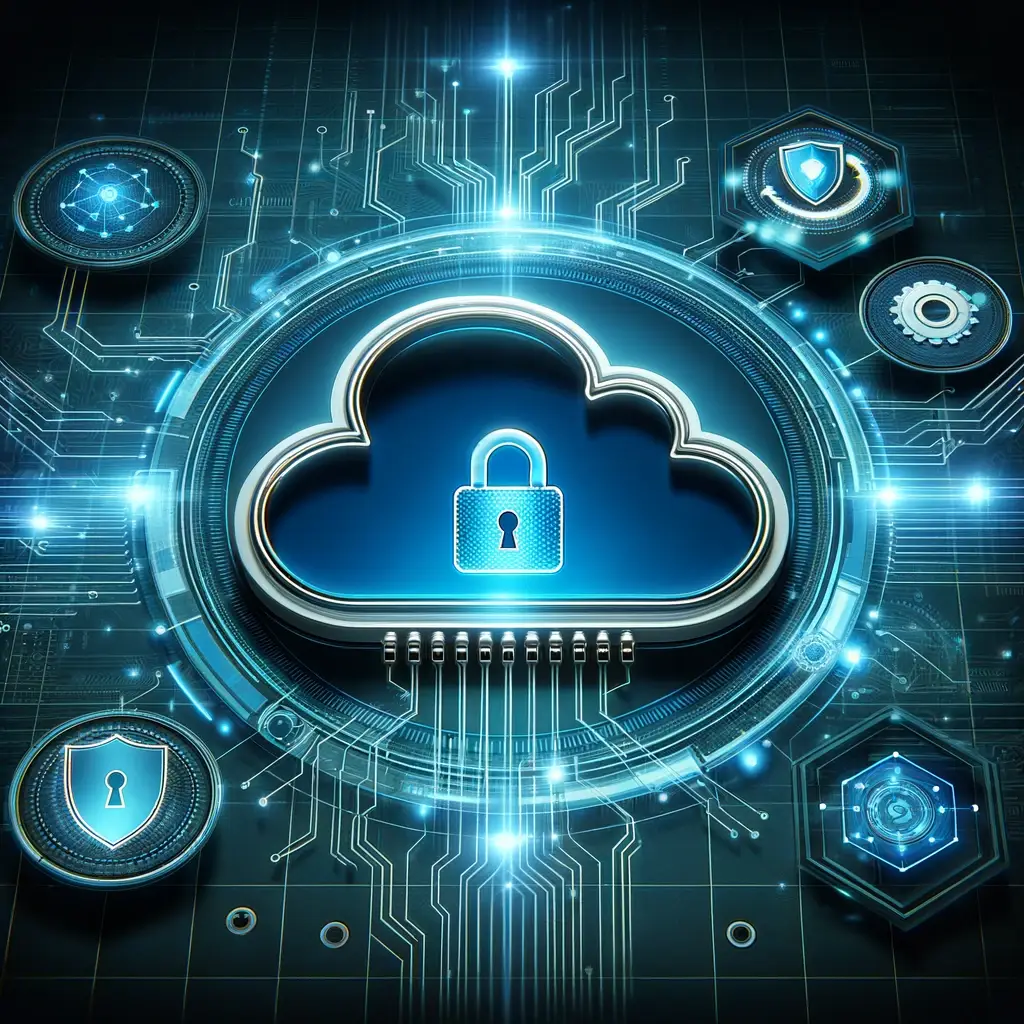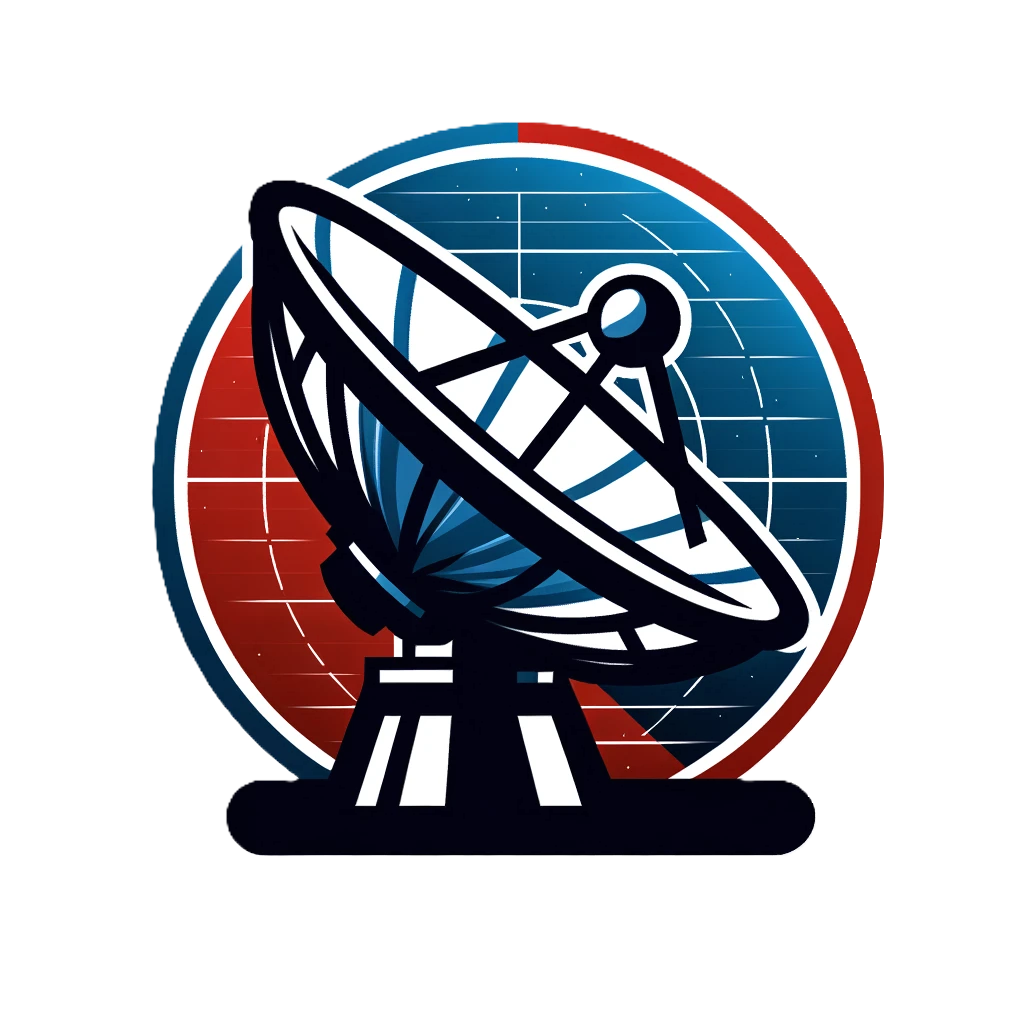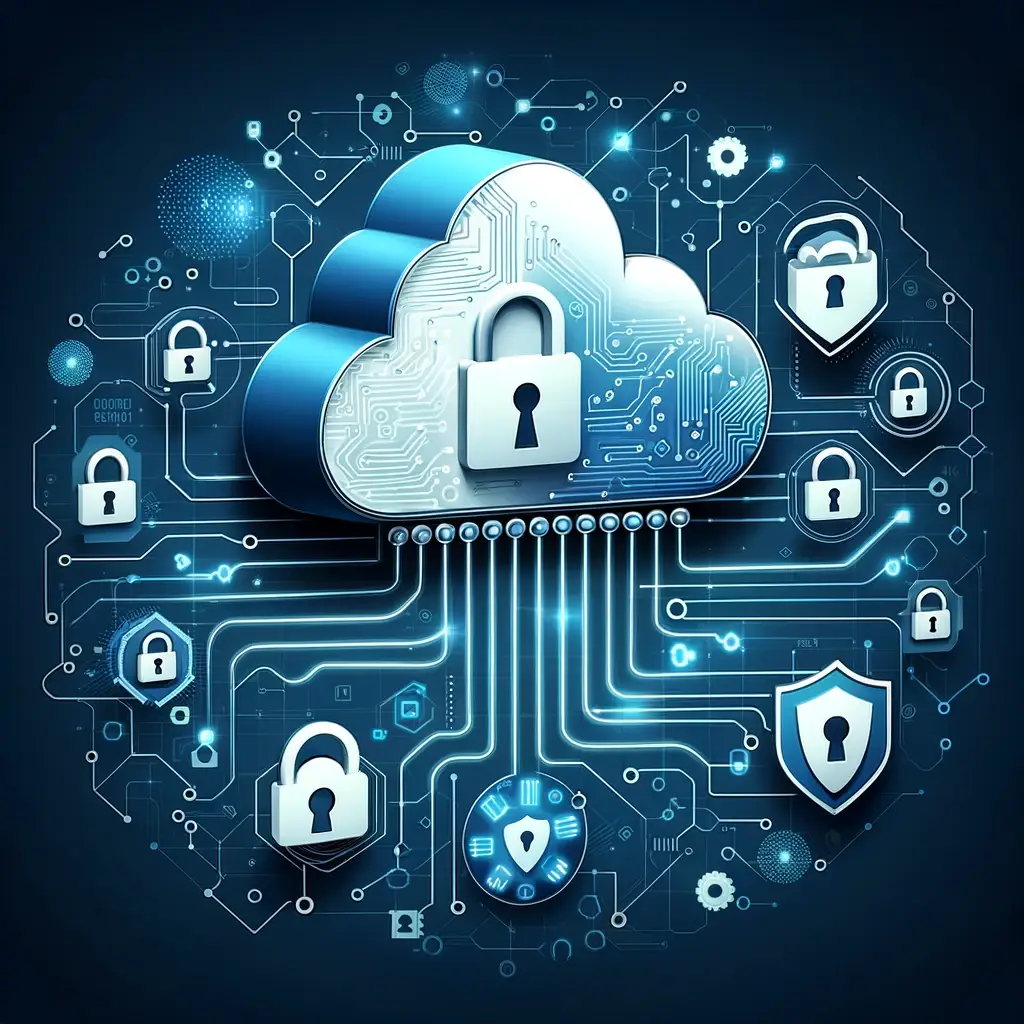In today’s rapidly evolving digital landscape, the security of Software as a Service (SaaS) applications has become essential. With businesses increasingly relying on cloud-based solutions for their operations, ensuring the safety and integrity of these systems is critical. A single security breach can lead to significant financial losses, reputational damage, and legal complications. As a result, understanding and implementing SaaS Security Tips and best practices is not just a technical necessity but a strategic imperative.
This article delves into essential SaaS security tips to help you safeguard your data and maintain the trust of your stakeholders. We will explore various aspects of SaaS security, from data encryption and access control to regular security audits and user training. Additionally, we’ll discuss how to choose secure SaaS solutions and the importance of continuous monitoring. Real-world case studies will illustrate these practices in action, providing practical insights and lessons learned.
1. SaaS Security Tips: Understanding SaaS Security
SaaS Security Tips refers to the measures and protocols implemented to protect Software as a Service applications and the data they handle from unauthorized access, breaches, and other cyber threats.
Unlike traditional software that is installed and maintained on individual devices, SaaS applications are hosted on cloud servers, making them accessible over the internet. This cloud-based nature provides numerous benefits, such as scalability, cost-efficiency, and accessibility, but it also introduces unique security challenges that must be addressed.
The significance of SaaS Security Tips cannot be overstated. As businesses migrate more critical functions to the cloud, the volume and sensitivity of data stored in SaaS applications increase.
This makes them attractive targets for cybercriminals. Effective SaaS security ensures the confidentiality, integrity, and availability of data, which are the cornerstones of any robust security framework. It helps maintain customer trust, comply with regulatory requirements, and protect the business from potential financial and reputational damage.
Common Security Challenges Faced by SaaS Applications
Despite the many advantages of SaaS, several security challenges need to be addressed to ensure data protection:
- Data Breaches and Unauthorized Access: Given the internet-based nature of SaaS, there’s a heightened risk of unauthorized access. Weak authentication mechanisms or poorly managed credentials can lead to data breaches.
- Data Loss and Leakage: Accidental or malicious data loss can occur due to various factors such as system failures, human error, or insider threats. Ensuring data integrity and implementing backup solutions are critical.
- Compliance and Regulatory Issues: Different industries have specific regulations regarding data privacy and protection (e.g., GDPR, HIPAA). SaaS providers must comply with these regulations, and businesses using SaaS solutions need to ensure their providers meet the necessary standards.
- Third-Party Risks: SaaS applications often integrate with other third-party services. Each integration point can become a potential vulnerability if not properly managed.
- Inadequate Security Measures: Not all SaaS providers offer the same level of security. It’s essential to evaluate and choose providers that implement robust security practices.
SaaS Security Tips: Role of Secure SaaS Solutions in Protecting Data
Secure SaaS solutions play a crucial role in mitigating the aforementioned challenges and safeguarding business data. These solutions incorporate several security features and practices to ensure comprehensive protection:
- Data Encryption: Secure SaaS providers encrypt data both in transit and at rest. Encryption ensures that even if data is intercepted, it remains unreadable without the proper decryption key.
- Access Controls: Implementing stringent access controls such as multi-factor authentication (MFA) and role-based access control (RBAC) helps in limiting access to authorized users only, reducing the risk of unauthorized access.
- Regular Security Audits: Secure SaaS providers conduct regular security audits and vulnerability assessments to identify and rectify potential weaknesses in their systems.
- Compliance with Industry Standards: Reputable SaaS providers comply with industry standards and regulations, ensuring that they meet the necessary security requirements for various industries.
- Continuous Monitoring and Incident Response: Effective SaaS solutions incorporate continuous monitoring to detect and respond to threats in real-time, minimizing the potential impact of security incidents.
2. SaaS Security Tips: Data Encryption

Encrypting data both in transit and at rest is crucial for safeguarding sensitive information. Encryption ensures that data remains secure and unreadable to unauthorized users, even if intercepted. Employing robust encryption methods, such as AES (Advanced Encryption Standard), provides a high level of security. Tools like SSL/TLS for data in transit and strong encryption protocols for stored data are essential components of a secure SaaS environment.
Access Control
Implementing role-based access control (RBAC) is vital to restrict access to sensitive data and functions within a SaaS application. This approach ensures that users only have access to the information necessary for their roles, minimizing the risk of unauthorized access.
Strong password policies, combined with multi-factor authentication (MFA), further enhance security by adding additional layers of verification, making it significantly harder for attackers to gain access.
Regular Security Audits
Conducting regular security assessments and vulnerability scans is essential for identifying and addressing potential security weaknesses. These audits help in maintaining the integrity and security of the SaaS application.
Utilizing third-party security audit services can provide an unbiased review and bring an external perspective to your security measures, ensuring that no stone is left unturned.
User Training and Awareness
Educating employees about security best practices and the risks of phishing attacks is a fundamental aspect of SaaS security. Regularly updating training materials and conducting mock drills can help reinforce good security habits and keep employees aware of the latest threats. An informed and vigilant workforce is a critical line of defense against cyber threats.
Incident Response Plan
Developing a comprehensive incident response plan is essential for preparing for potential security breaches. This plan should outline the steps to take during and after a security incident, including identifying the breach, containing the damage, and restoring normal operations. A well-defined incident response plan ensures that the organization can respond quickly and effectively to mitigate the impact of security breaches.
3. SaaS Security Tips: Choosing Secure SaaS Solutions
Selecting a secure SaaS provider is crucial for ensuring the protection of your data and maintaining the integrity of your operations. For this reason is important to know how to evaluate SaaS products. Here are key criteria to consider when evaluating the security of a SaaS provider:
Criteria for Evaluating the Security of a SaaS Provider
- Compliance with Industry Standards and Regulations: Ensuring that the SaaS provider complies with relevant industry standards and regulations, such as GDPR for data protection in the EU and HIPAA for healthcare data in the US, is essential. Compliance demonstrates the provider’s commitment to maintaining high security and privacy standards.
- Transparency in Security Policies and Practices: A reputable SaaS provider should be transparent about their security policies and practices. This includes clear documentation on how they handle data encryption, access control, and incident response. Transparency builds trust and allows you to verify that their security measures align with your requirements.
- Availability of Customer Support and Incident Response Teams: Robust customer support and a dedicated incident response team are vital for addressing any security concerns promptly. Providers that offer 24/7 support and have well-defined incident response procedures ensure that any issues are quickly identified and resolved, minimizing potential damage.
SaaS Security Tips: Examples of Secure SaaS Solutions in Various Industries
To illustrate the importance of these criteria, let’s highlight a few trusted SaaS providers known for their robust security measures across different industries:
- Salesforce (CRM and Customer Service): Salesforce is renowned for its comprehensive security framework, which includes data encryption, regular security audits, and compliance with numerous industry standards such as ISO 27001 and SOC 2. Their transparent security practices and strong customer support make them a trusted choice for customer relationship management and customer service solutions.
- Workday (Human Resources and Finance): Workday provides secure solutions for human resources and financial management. They emphasize data protection through encryption, rigorous access controls, and compliance with standards like GDPR and ISO 27018. Their commitment to security is evident in their transparent policies and robust support infrastructure.
- Box (Cloud Content Management): Box offers secure cloud content management services with a strong focus on data security and compliance. They provide end-to-end encryption, advanced access controls, and adherence to regulations like HIPAA and GDPR. Box is also known for its detailed security documentation and responsive customer support.
- Zoom (Video Conferencing): In the realm of video conferencing, Zoom has made significant strides in enhancing its security measures. They offer end-to-end encryption, robust access controls, and compliance with various industry standards. Zoom’s transparent security practices and dedicated support teams ensure a secure communication platform.
4. SaaS Security Tips: Implementing Continuous Monitoring
Continuous monitoring is a critical component of maintaining the security of SaaS applications. Unlike periodic security checks, continuous monitoring provides real-time oversight, allowing organizations to detect and respond to threats as they occur.
This proactive approach is essential in the current threat landscape, where cyberattacks are increasingly sophisticated and can occur at any time. Continuous monitoring helps ensure the integrity, availability, and confidentiality of data by providing constant vigilance and immediate action against potential security breaches.
Tools and Practices for Effective Security Monitoring
Effective security monitoring requires a combination of advanced tools and best practices to identify and mitigate risks promptly. Key elements include:
- Automated Threat Detection and Response Systems: Automated systems are essential for continuous monitoring. They use advanced algorithms and machine learning to identify suspicious activities and potential threats in real-time. These systems can quickly analyze vast amounts of data, detecting patterns that might indicate a security incident. Tools like Intrusion Detection Systems (IDS) and Intrusion Prevention Systems (IPS) play a vital role in this process. Once a threat is detected, automated response systems can take immediate actions, such as isolating affected systems or blocking malicious traffic, to prevent further damage.
- Regular Log Analysis and Anomaly Detection: Log analysis is a fundamental practice in continuous monitoring. By regularly reviewing logs from various systems and applications, security teams can identify unusual activities that might signify a security breach. Tools like Security Information and Event Management (SIEM) systems aggregate and analyze log data from multiple sources, providing a comprehensive view of the organization’s security posture. Anomaly detection techniques, powered by machine learning, can identify deviations from normal behavior, flagging potential threats for further investigation.
- Comprehensive Visibility: Continuous monitoring tools should provide comprehensive visibility into all aspects of the SaaS environment, including network traffic, user activities, and system performance. This visibility enables security teams to understand the context of potential threats and respond more effectively.
- Integration with Other Security Measures: Continuous monitoring should be integrated with other security measures, such as access control and data encryption, to provide a layered defense. This integration ensures that monitoring data can be used to enhance other security controls and vice versa.
Conclusion
In conclusion, the importance of SaaS security in today’s digital landscape cannot be overstated. We have explored various critical aspects of maintaining secure SaaS applications, including the necessity of data encryption, the implementation of stringent access control measures, the value of regular security audits, and the significance of comprehensive user training. Additionally, the role of a well-defined incident response plan in mitigating the impact of security breaches was highlighted.
SaaS security is not a one-time effort but an ongoing process that requires continuous vigilance and adaptation. As cyber threats evolve, so must the strategies and tools we employ to counter them. Continuous monitoring, automated threat detection, and regular log analysis are essential components of a robust security framework, providing real-time insights and enabling swift responses to potential threats.

